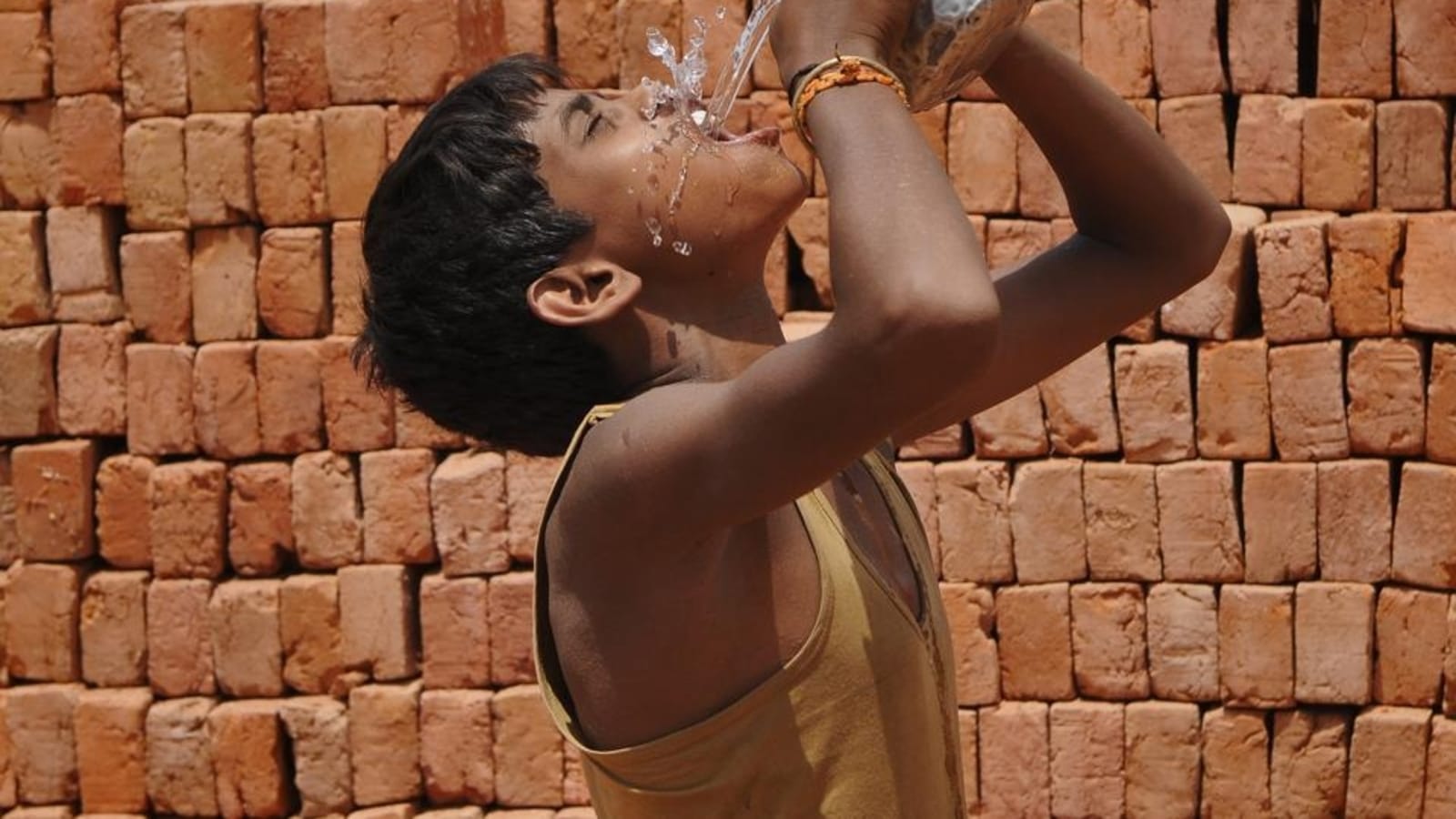Lack of heat-related death figures show India is unprepared for the next crisis

Although India experienced one of its worst summers since April, with record heatwaves and long warm nights across the country, there are no reliable estimates of how many lives were lost. This means that India would be unprepared for a similar crisis next year because the scale of the actual disaster has not been assessed.

Most estimates suggest that India is greatly underestimating the number of deaths because of suboptimal temperatures (unusually high or low temperatures associated with mortality) The mortality rate (CDC) is one of the top 20 risk factors for death in India according to the Global Burden of Disease 2021. In children, it is among the top five risk factors.
In 2000, the estimated number of deaths due to suboptimal temperatures in India was 175,800 and increased to 294,400 in 2021. Similarly, the total number of deaths related to high temperatures was 105,900 and increased to 155,900 in 2021. According to the Global Burden of Disease, the number of deaths related to low temperatures was 72,900 in 2000 and 143,700 in 2021.
The Global Burden of Diseases, Injuries, and Risk Factors Study (GBD) is the largest and most detailed scientific study ever conducted to quantify health levels and trends. Led by the Institute for Health Metrics and Evaluation (IHME) at the University of Washington, it provides estimates of all-cause mortality—deaths by cause, years of life lost, and years lived with disabilities, to name a few.
A paper led by the Potsdam Institute for Climate Impact Research (PIK) in Germany published in Nature Estimates on 29 June showed that 4.3% of newborn deaths in low- and middle-income countries were due to suboptimal temperatures. Climate change was responsible for 32% of heat-related newborn deaths, while the corresponding cold-related burden fell by 30%.
Climate change is having an impact on temperature-related newborn mortality in all countries studied, with the most pronounced climate-related losses due to increasing heat and the gains due to decreasing cold occurring in sub-Saharan African countries, the study says.
Future increases in global average temperatures are likely to exacerbate heat-related stress, requiring ambitious mitigation and adaptation measures to protect newborn health. The paper pointed out that heat-related mortality has increased in India due to climate change, with nearly 3200 deaths out of 100,000 newborns attributed to suboptimal temperatures.
Certifying a death from a heatwave is challenging because not all deaths are due to heat stroke alone. However, experts have repeatedly pointed out that the extent of the problem can be easily illustrated by calculating overall mortality during periods of extreme heat. Data on overall mortality are available from municipalities.
Here is an example: Ahmedabad experienced a heatwave in May 2010, during which the temperature reached a high of 46.8 degrees Celsius and the mortality rate increased significantly. According to an IIPH article published in March 2014 in Plus one According to the American Institute of Health (AHA), a peer-reviewed journal covering science and medicine, there were 4,462 deaths from all causes in May 2010 (the period of a severe heat wave), representing an excess of 1,344 deaths from all causes. This was an estimated increase of 43.1% over the 3,118 deaths during the reference period.
“There are two types of heatwave deaths: exertion deaths, which occur when someone exerts themselves in direct sunlight and their body heats up. They cannot cool down by sweating and die. Only 10% of heatwave deaths are exertion deaths. Non-exercise deaths occur among vulnerable people, the elderly, the sick and young children who cannot cool down even at night and whose kidneys and hearts fail due to dehydration,” Dileep Mavalankar, director of the Indian Institute of Public Health (IIPH) in Gandhinagar, said in May.
“These people may not have access to cooling at home and can die anywhere, even at home, as it is not related to physical exertion. These are not classified as heat stroke and therefore may not be counted as heat deaths at all,” Mavalankar said.
“In 2010, Ahmedabad saw 800 excess deaths in a week during heatwave. These excess deaths helped us determine the mortality burden of heat. We saw a similar pattern in Nagpur. So the government needs to capture the excess overall mortality during extreme heat and make this data available,” Mavalankar added.
The number of excess deaths may well have been high during this unusually hot summer. HT reported on June 22 that at least 58 people have died in Delhi alone this summer due to heatwaves. This is not even an estimate based on reports from all hospitals and only takes into account deaths from heat stroke.
According to the India Meteorological Department (IMD), 10 to 18 heatwave days were reported in West Rajasthan, Himachal Pradesh, Punjab, Haryana-Chandigarh-Delhi, HP, Uttar Pradesh, Bihar, Jharkhand, Gangetic West Bengal, East Madhya Pradesh, Bihar and Odisha in June. Normally, there are three heatwave days.
Similarly, with an average of four to eight heatwave days during April-June, various parts of eastern, northern and central India have experienced heatwaves lasting 20 to 38 days. The most frequent heatwaves (20-38 days) have been reported from Rajasthan, MP, Punjab, Haryana, Chandigarh, Delhi, western and eastern UP and HP, Odisha, West Bengal, Jharkhand, Bihar, Saurashtra and Kutch.
Given these high numbers, the number of heat-related deaths could be higher than official estimates. But without cumulative death figures, large-scale action may not be taken.
“Both extreme heat and extreme cold can affect people’s health and, in some cases, lead to death. The effects of extreme heat are most severe in Africa, South Asia and Southeast Asia and are often linked to heart disease and other causes. This also remains an active area of research, including understanding the interaction between air pollution and extreme heat and the impacts on human health,” said Pallavi Pant, director of global health at the Health Effects Institute.
The Centre for Science and Environment recently pointed out that average humidity has increased in all cities, making heat waves worse.
“Assessing changing trends in heat, relative humidity and surface temperature along with day and night temperatures is necessary to develop a comprehensive heat management plan for urban centers,” said Anumita Roychowdhury, executive director of research and advocacy at CSE.
“This is necessary to implement emergency measures to protect public health during heatwaves and also to develop longer-term strategies to mitigate heat, such as increasing green spaces and water bodies, improving thermal comfort in buildings and reducing waste heat from vehicles, air conditioning systems and industry,” she said.



